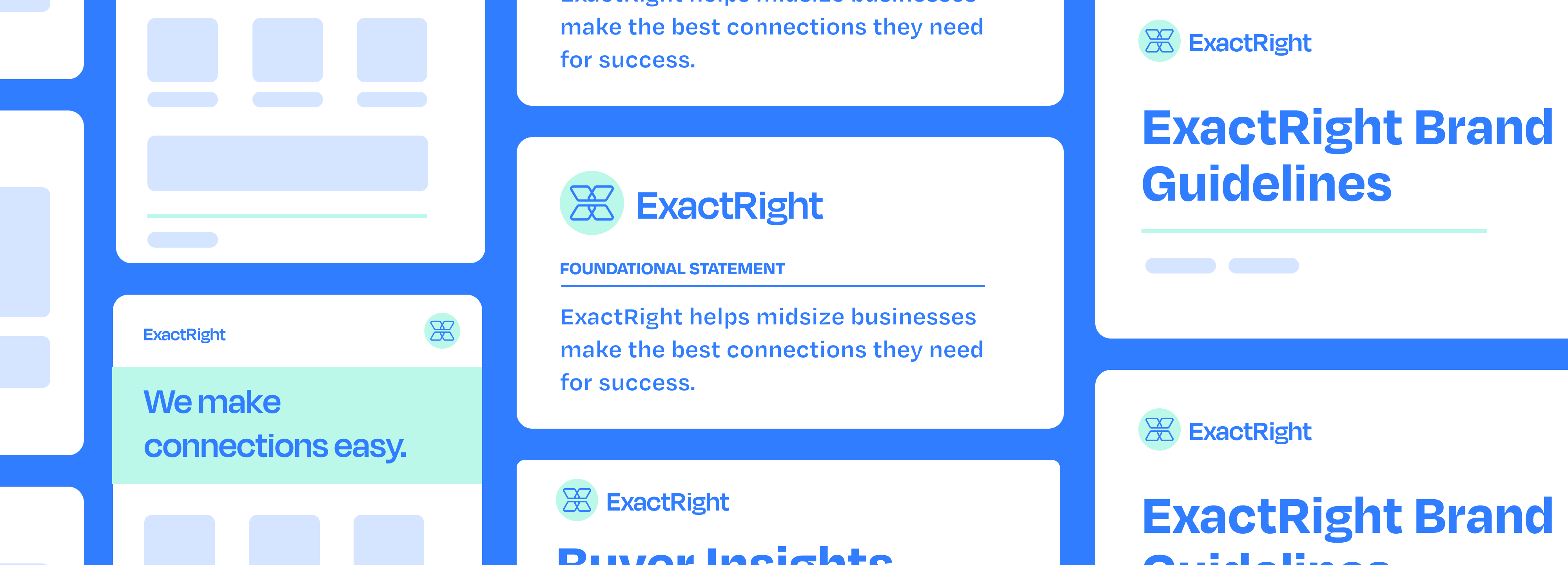
How to Activate Your Product’s Positioning
Your product’s positioning is so important. At Innovatemap, we think of it like the foundation your house is built on: Without a solid foundation of positioning to align your teams and inform every external-facing message, your product “house” can come crumbling down.
Positioning is not catchy marketing messages; it is your north star, which everyone from sales, to marketing, to customer success should look to when describing your solution and its unique benefits. While your positioning should adapt as your product does, it shouldn’t be giving your team whiplash. It should clearly communicate what you do, for whom, and why people should care.
Positioning is not catchy marketing messages; it is your north star, which everyone from sales, to marketing, to customer success should look to when describing your solution and its unique benefits.
But that’s all background, because we’re here to answer a different question: How do you activate that positioning you worked so hard to craft?
Your positioning won’t do you much good if it is left to languish in the depths of some shared company drive. However, it can be hard to know what to do with it after you’ve done the initial heavy lift of setting your position.
Let’s break down a few of the best ways to activate your positioning across your organization.
Foundational Statement and Benefit Pillar Framework
Everyone on your team — from sales, to marketing, to customer success and beyond — need to understand the words (sometimes each word) and the intentionality of your foundational statement.
The positioning framework and strategy will be important to understand so everyone in your organization knows how and where they can dig down deeper for inspiration. For example, marketing teams should be able to dig into a benefit pillar for potential topics for blog posts, and customer success can pull from the supporting features to help communicate product benefits. Try putting your foundational statement and benefit pillars into a stylized deck or an easy-to-absorb PDF so it’s easy to dig into and understand.
Marketing teams should be able to dig into a benefit pillar for potential topics for blog posts, and customer success can pull from the supporting features to help communicate product benefits
Buyer Insights
Product positioning is informed by crucial details about who your solution is for, and why they should care. These insights are an important tool to build empathy and communicate effectively with target customers and should be made visible across the organization.
Product marketers responsible for representing the voice of the customer, and there are easy ways to keep the team informed as you learn. Sales teams should have buyer characteristics to dig into for prospecting, and marketing can use the insights for targeted campaigns.
Sales One-Sheeters and Cheat Sheets
Even if you keep an open line of communication with internal teams, the best way to ensure successful positioning activation is when your team is interacting with people externally. To make sure they’re equipped, it’s important to create one-sheeters they can reference on the fly, so they can be confident they’re speaking the right language. As long as everyone is already bought in on the “why,” quick cheat sheets will be a valuable tool in sales conversations, or in customer success calls.
Brand Guidelines
Your brand identity goes far beyond visual assets; it is made up of every touchpoint a customer has with your product, intentional or not. Your voice and position are an important piece of that brand identity, and should be given prominent real estate in your organization’s brand guidelines. Your brand guidelines should be your internal teams’ single source of truth, so save some room at the beginning to include your product’s positioning so they also all remain aligned to how to describe it.
Product positioning is crucially important, but it can often fall victim to the “set it and forget it” mentality. By activating your positioning through a variety of internal tools, you can ensure you’re giving your team the tools they need to align to a consistent way of describing who you are, what you do, and why it matters. In turn, this will help you present a unified front in market so you can avoid confusion and create a relevant and repeatable message to prospects.



